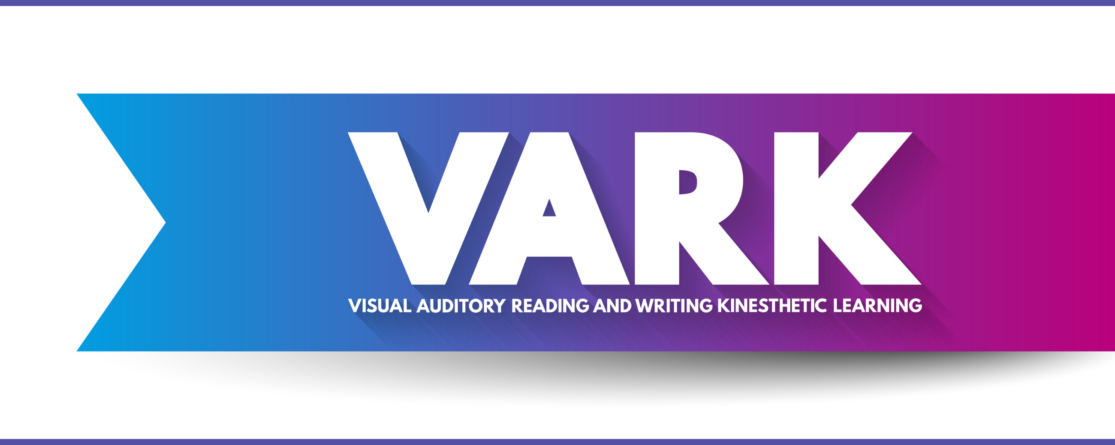Learning something new can be challenging, but it can be even worse if you don’t know how to adapt your study methods to fit your personal learning style. This holds even more true for those entering online learning for the first time. But never fear. We developed our courses to meet every learning style, so when you purchase an All-Lines Training product, you know it will work for you.
Learning styles are general categories that most people fit into when it comes to absorbing new information. In this article, we’ll look at the four types of learners, where you fit, tips for studying, and how our courses can be tailored to work with you.
Visual Learners
Visual learners prefer graphics, diagrams, and all things visually stimulating. Infographics, charts, and mind maps are their trusty sidekicks on the journey of discovery. If you are a visual learner, you like to “see” what you are learning. To recall information, these learners will often use the “picture” they have in their head. Those who find themselves doodling or making “art” out of information are often visual learners.
Tip for Visual Learners:
YouTube tutorials, documentaries, and visually-rich presentations are your go-to resources. If nothing visual is presented, create your own!
How our courses help Visual Learners:
We add charts, graphs, art, and images to all of our courses to illustrate concepts. We even have some illustrators in-house to create custom drawings for us.
Auditory Learners
These individuals absorb knowledge through the power of sound. Whether it’s lectures, podcasts, or engaging discussions, auditory learners have their ears tuned to the frequency of wisdom. They understand and remember things best by hearing it. Auditory learners store information by the way it sounds, and they have an easier time understanding spoken instructions than written ones. You often learn by reading out loud because you have to hear it or speak it in order to know it.
Tip for Auditory Learners:
Grab those headphones and explore the world of educational podcasts and audiobooks. If you’re an auditory learner, you have to hear it or speak it in order to know it. If no audio is present, we recommend reading aloud. Simply hearing the information, even if it’s in your own voice, will help you understand and retain knowledge.
How our courses help Auditory Learners:
All of our courses are narrated so students can listen to the information. You can pause and rewind the audio if you want to take a note or listen to a topic again.
Reading-Writing Learners
Reading and writing learners are like sponges for information, soaking up knowledge from textbooks, articles, and good ol’ fashioned written content. If you’re a reading-writing learner, you likely enjoy reading for both educational and entertainment purposes, and have a knack for finding the main concept in a big block of unruly text. These learners often organize information by tagging or underlining in bright colors.
Tip for Reading/Writing Learners:
Dive into well-crafted literature and keep those matching highlighters and post-its handy.
How our courses help Reading/Writing Learners:
The information included in every course is presented in written form. Our platform also allows you to disable the audio that reading learners sometimes find distracting. We offer downloadable and printable PDFs of our courses, including transcripts of the audio. Your online classroom includes a space to type notes, as well as additional resources like our fast facts and glossary.
Kinesthetic Learner
These learners thrive in the realm of action, using their hands to grasp new concepts. If you find yourself needing to “do something” to learn, you might be a kinesthetic learner. Kinesthetic learners understand and remember things through physical movement. They are “hands-on” learners who prefer to touch, move, build, or draw what they learn.
Tip for Kinesthetic Learners:
Engage in interactive learning experiences and experiment with hands-on projects. If possible and appropriate in your environment, move around, chew gum, or rock in a chair while learning. You also might need to take more frequent study breaks.
How our courses help Kinesthetic Learners:
We include interactive activities in our courses, like matching activities and digital flash cards to practice concepts. The online classroom also allows you to move, walk, rock, chew gum while you are learning. And, of course, with a digital class, you can take a break whenever you need to.
Most people find they don’t fit perfectly into one, and only one, category. You might have a primary style or a mix of a few of them. Understanding what works for you and embracing your unique strengths can unlock the door to more effective and efficient learning and knowledge retention. Whether you are studying for an AdjusterPro course, trying to learn a skill, or training at a new job, understanding and applying your learning style will get you farther, faster. Good luck!



